1. Pencil Sharpeners with a Hand Crank
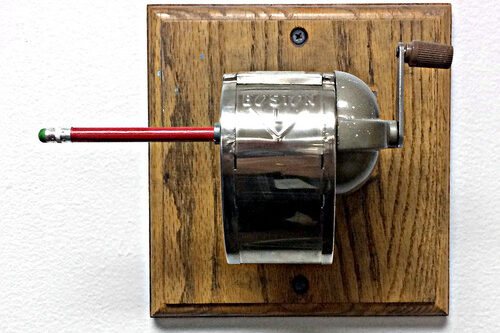
Back in the day, kids were familiar with pencil sharpeners that required a bit of elbow grease. These hand-crank sharpeners were the norm in classrooms, often bolted to the walls or tucked into a corner of the desk. You’d stick your pencil into the metal hole and turn the crank, hoping the pencil would emerge with a perfectly sharp point. It wasn’t just a tool—it was a moment to chat with friends while waiting for the sharpener to do its work shares Ohio, the Heart of it All.
Kids today have no idea what it’s like to wrestle with one of these ancient devices. Now, electric sharpeners or even automatic pencil holders have taken over. It’s almost a lost art form to manually sharpen a pencil these days, and the cranks have been replaced by buttons and batteries. The simplicity of cranking away feels like a relic of a simpler time adds Country Living Magazine.
2. Trapper Keepers
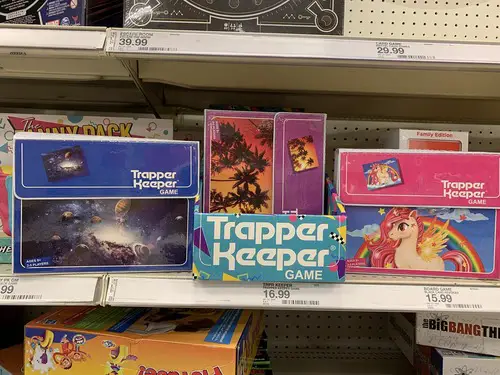
For a generation, Trapper Keepers were more than just folders—they were a lifestyle. These oversized, three-ring binders with velcro flaps were the ultimate status symbol in school. Inside, you’d store your looseleaf paper, folders, and pens in perfect order, while the bright designs—ranging from neon colors to cartoon characters—made sure you stood out in class says NPR.
Today, kids would look at a Trapper Keeper with a confused expression. With modern-day organizational apps and sleek, digital planners, the days of carrying around a bulky, decorated binder are long gone. The sound of the velcro ripping open has all but disappeared from classrooms explains Mental Floss.
3. Overhead Projectors
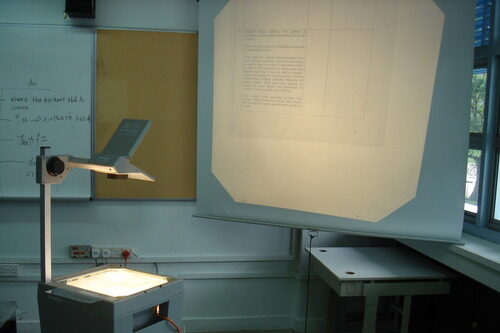
Before smartboards and digital screens, there was the overhead projector. Teachers would place a plastic transparency on the projector’s glass plate, and voila—a blurry but functional image appeared on the screen at the front of the classroom. It was a bit of a low-tech wonder, but also a great way for teachers to get creative with lessons.
Today’s classroom tech has rendered these projectors obsolete. Interactive whiteboards, digital projectors, and streaming videos have taken their place, leaving the old overheads in the dust. The once familiar hum of an overhead projector warming up is now a memory, as teachers flip to their digital displays with a few taps.
4. Carbon Paper

Remember the days when you needed a backup copy of an important paper? Enter carbon paper. It was a thin, sometimes messy sheet placed under your original paper to create a duplicate. Teachers would often use it to grade assignments, leaving multiple copies of your work for both record-keeping and feedback.
Now, the idea of carbon paper seems absurd. With digital copies and cloud storage, the need for these outdated sheets has disappeared. Kids today probably wouldn’t understand the concept of making multiple copies of a document without the magic of a photocopier or printer.
5. Slide Rules
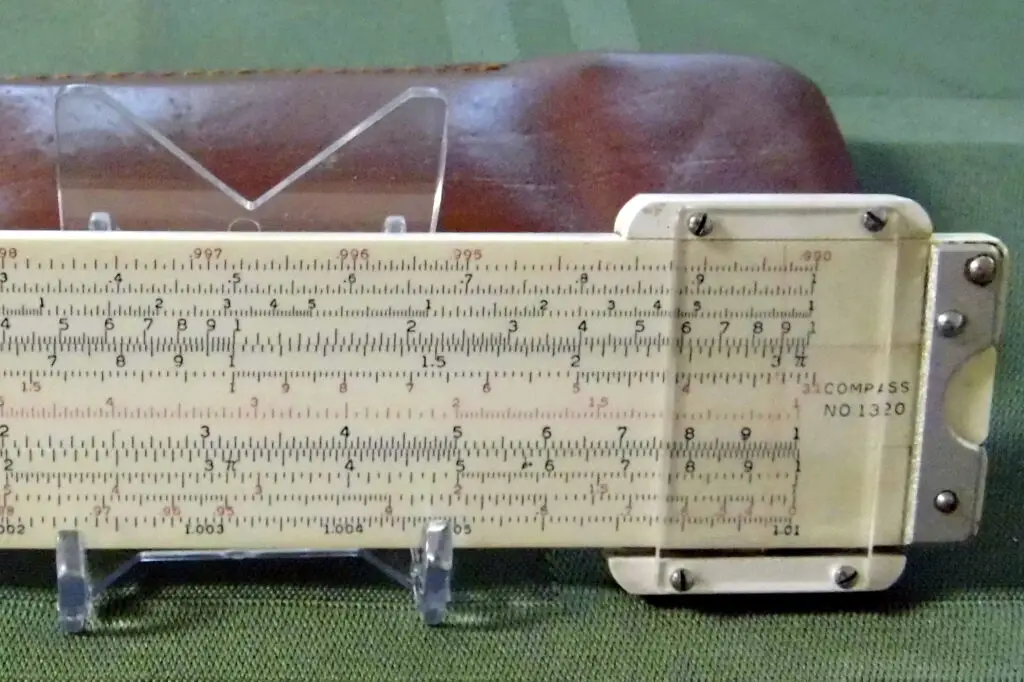
Before calculators were standard issue, students relied on slide rules to do complex math. These wooden or plastic devices were marked with scales and used for everything from multiplication to square roots. It required a fair amount of skill to master and was a true rite of passage for anyone diving into high school algebra or physics.
In today’s tech-driven classrooms, the slide rule is practically an antique. Most kids would likely be baffled by how to use it, especially when calculators and smartphone apps can solve equations in an instant. The slide rule, once revered, is now just a curiosity for history buffs and math enthusiasts.
6. Liquid Paper

Before the digital age, typing mistakes were fixed with a product known as Liquid Paper. You’d dip the little brush into the white correction fluid and cover up your error, waiting for it to dry before typing over it again. It was a tedious process but an essential one for anyone using a typewriter or even an early word processor.
Today, kids would never think of using something like this. With modern text editing programs that offer undo buttons and automatic spell-checking, the need for correcting typed words on paper has faded away. The clunky process of using Liquid Paper now feels like a task from the dark ages of writing.
7. Chalkboards
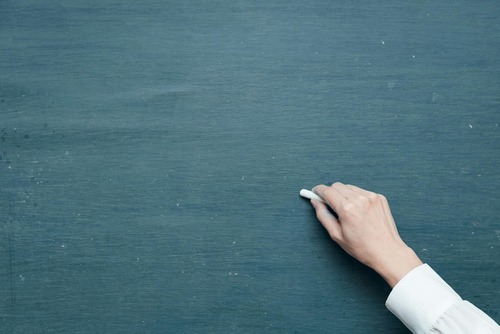
Chalkboards were a staple in every classroom for generations. Teachers would write lessons in bright, colorful chalk, and students would try to keep up on their own notebooks. The soft, dusty sound of chalk scraping against the board became synonymous with education itself.
These days, chalkboards have been replaced by smartboards and whiteboards. The dusty, messy chalk is a thing of the past, with students now using digital devices to interact with lessons. The nostalgia for a simple chalkboard lesson has likely faded for younger students, who might not even recognize what one looks like.
8. Paper Rulers
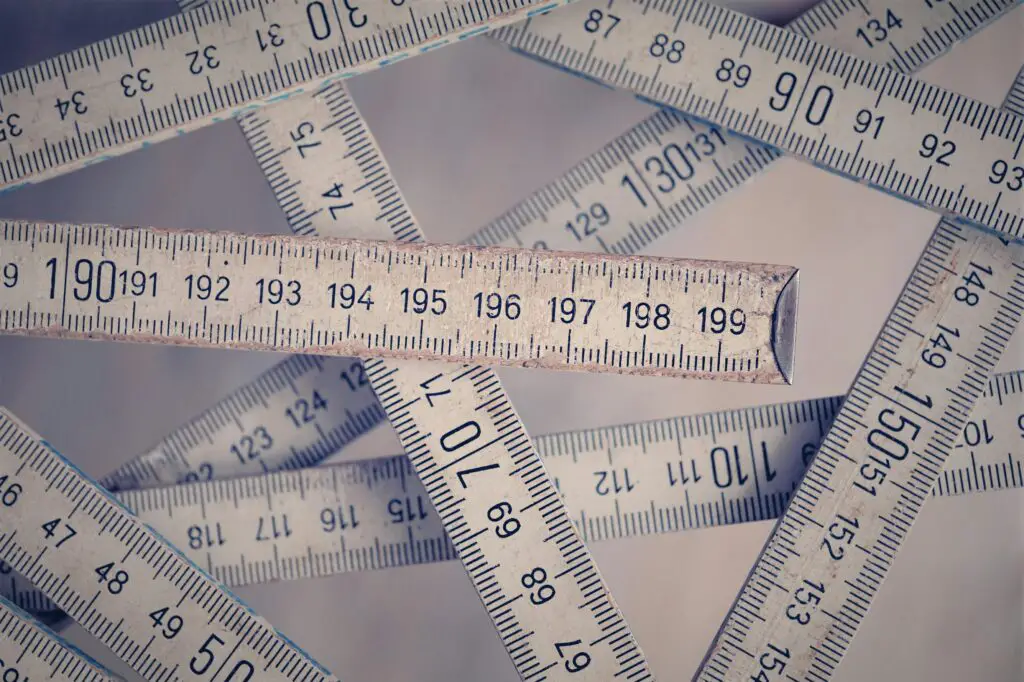
Before the days of durable plastic or metal rulers, there were paper rulers. These flimsy, foldable rulers were often included in school supply packs and were used for measuring, drawing straight lines, or checking your paper’s margins. While they did the job, they certainly weren’t built to last.
Now, kids probably wouldn’t even believe paper rulers were once a thing. Today, sturdy plastic or metal rulers are the standard, with many students likely never encountering the paper kind. With paper rulers out of sight and out of mind, they’ve become a thing of the past.
9. Index Card Boxes
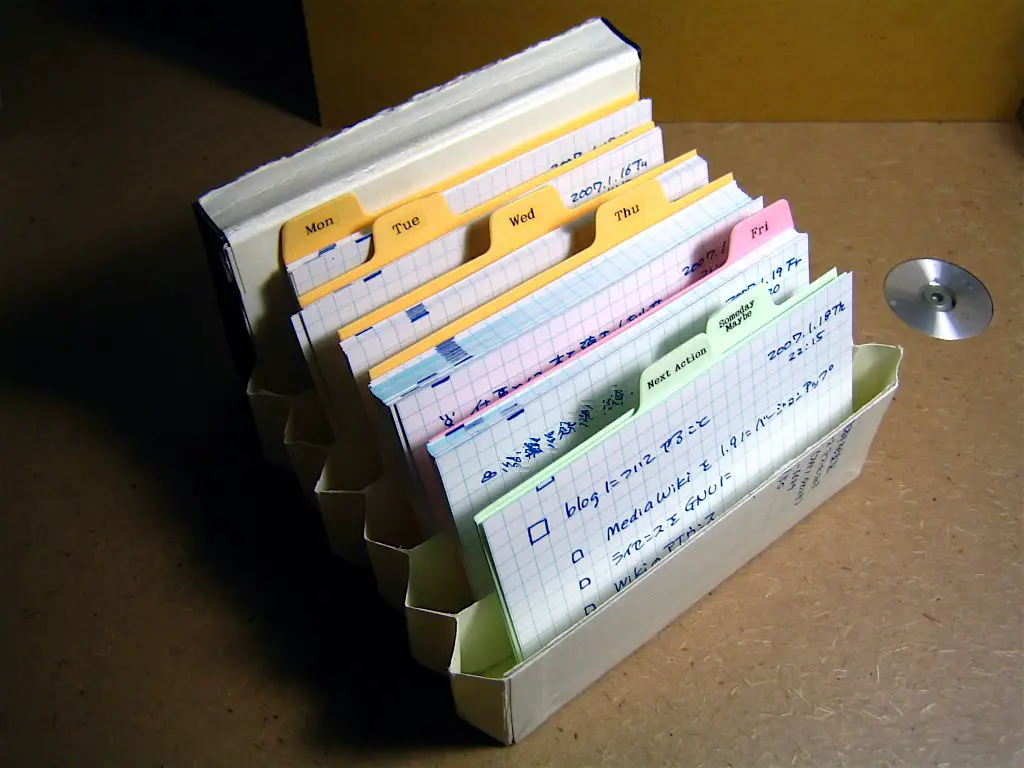
Index card boxes were an essential part of any student’s study toolkit. These small, rectangular boxes housed neatly organized index cards, which were often used for flashcards, notes, or just jotting down quick reminders. The cards would slide in neatly, giving you an easy way to keep track of vocabulary words, math formulas, or research notes.
Nowadays, most kids probably wouldn’t even recognize an index card box. With digital note-taking apps and online flashcard platforms, physical index cards have been swapped out for virtual counterparts. The once indispensable card box now seems like a relic of a different era.
10. The Pencil Box
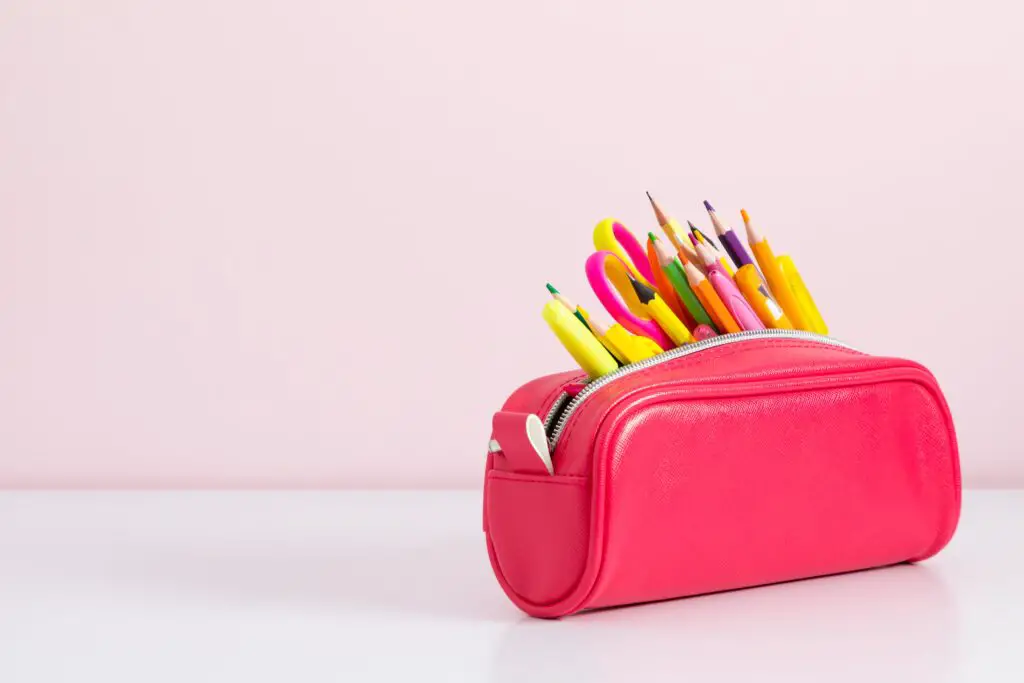
Every elementary school student had one: a pencil box. Usually made of plastic and featuring a variety of colors, these boxes were the key to keeping your pencils, erasers, and crayons neat and organized. The twist was always the satisfying snap of the lid closing, signaling that your school supplies were safe inside.
These days, pencil boxes have mostly fallen out of favor. Students have moved on to backpacks and pouches where everything gets tossed together in an almost chaotic fashion. The neat, compact pencil box is now a quaint memory, replaced by the hustle and bustle of modern school bags.
11. Mimeograph Machines
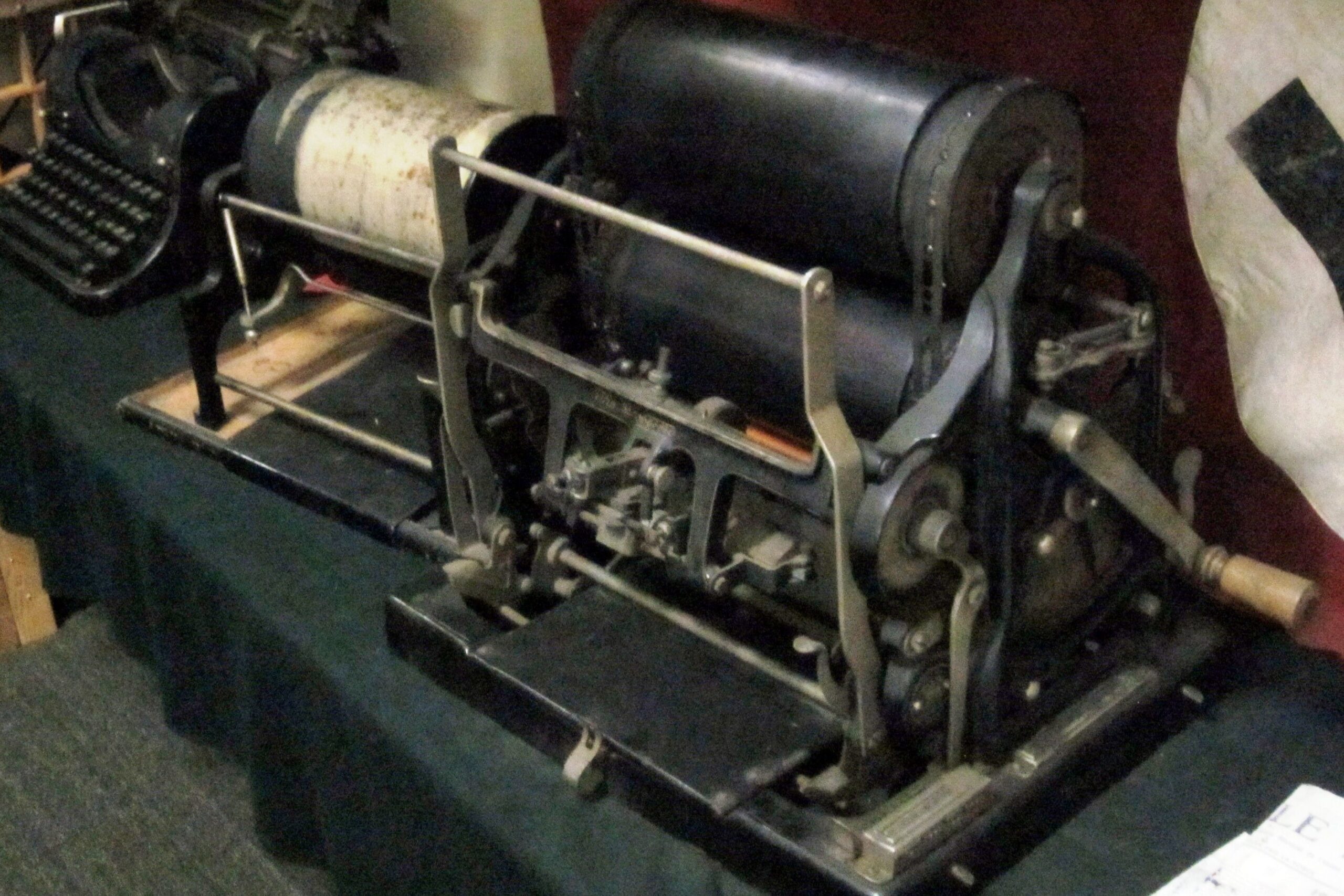
Long before photocopiers, there was the mimeograph machine. This machine was used to create multiple copies of papers or worksheets by pressing a master stencil onto paper, often resulting in the distinct smell of ink that filled classrooms. The sound of the machine was part of school life, and the smell of freshly printed papers was unmistakable.
Mimeographs have long since been replaced by modern printers, and kids today would probably look at one of these machines in confusion. With high-speed, high-quality copiers and printers now in every classroom, mimeographs have become little more than a nostalgic memory for those who grew up with them.
12. Ink Pens with Ink Cartridges

Back before gel pens and ballpoint pens ruled the world, students would use ink pens that required ink cartridges. These pens were filled with colorful ink, and you had to manually insert a new cartridge when the old one ran out. The act of refilling pens was an art in itself, and it made you feel like a true scholar.
Nowadays, kids probably can’t imagine dealing with ink cartridges. Ballpoint and gel pens with built-in ink are the standard, and the idea of manually changing the ink is foreign. The elegance of an ink pen now feels like something out of a vintage novel.
13. Felt-tip Markers for Art Class
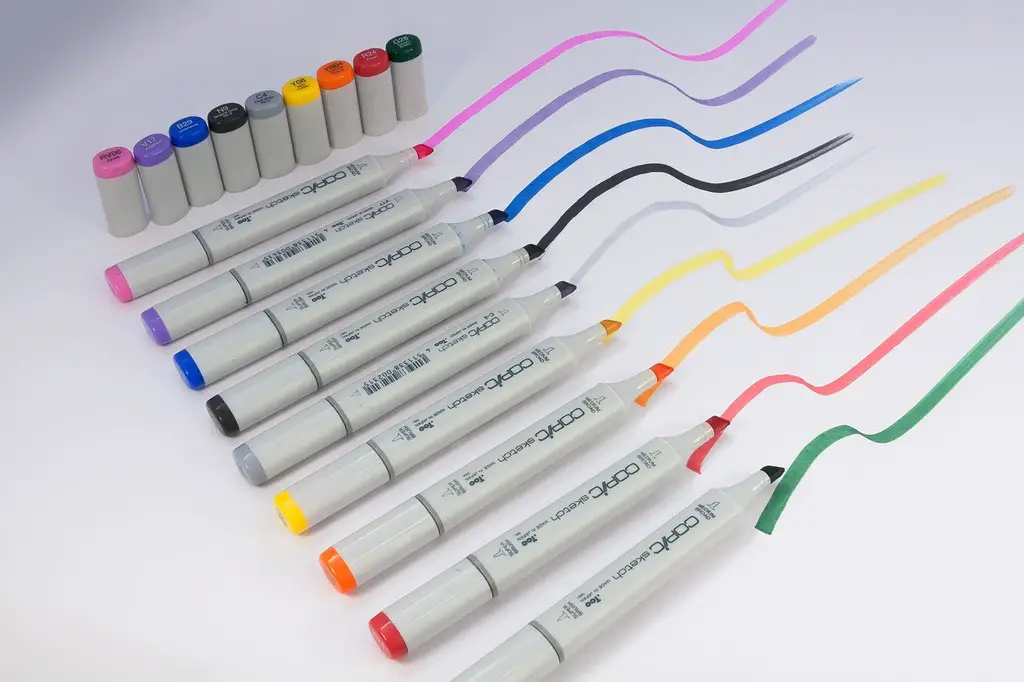
In the pre-marker era, kids used felt-tip markers that weren’t quite as precise or vibrant as the ones today. These markers often bled through paper, and you had to be extra careful not to press too hard. Their bold colors made them a go-to tool in art class, but their tendency to leave a messy finish made them more trouble than they were worth.
Today, kids use fine-tipped markers and ultra-precise drawing tools, making the old felt-tips seem amateur by comparison. With modern art supplies, the need for messy, unreliable markers has disappeared, making them a forgotten relic of classroom creativity.
14. Typewriters
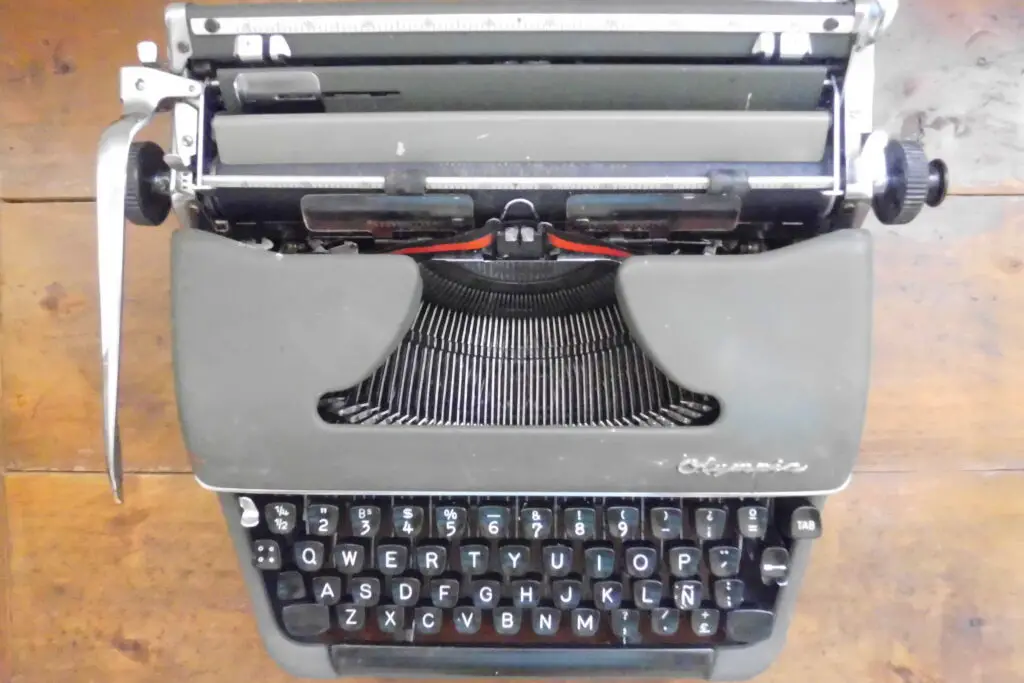
Before computers, there was the typewriter, and it was the tool of choice for writing papers. The satisfying click-clack of the keys was part of the writing experience, and making a mistake meant you had to either use White-Out or retype the entire page. Typewriters were heavy, mechanical machines that took real effort to master.
Today, kids probably wouldn’t know what to do with a typewriter. With the advent of computers, laptops, and word processors, there’s no need for the clunky, mechanical typewriters of the past. The idea of typing on something that didn’t allow for easy edits or deleting is almost unimaginable now.
15. Bulletin Boards with Pushpins
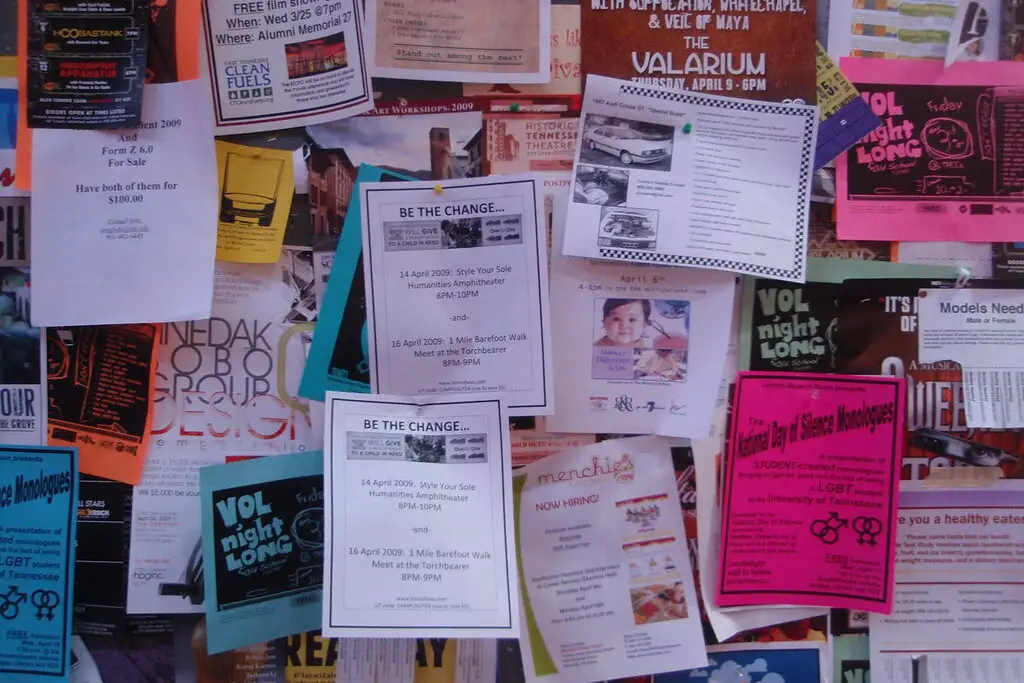
Back in the day, bulletin boards were a key part of classroom organization. You’d pin up important notes, reminders, or school announcements with colorful pushpins. The sound of a pin being pressed into the board was a familiar one, and the display of announcements helped keep everyone in the loop.
Today, digital boards and apps have replaced the physical bulletin board in most classrooms. Teachers and students now rely on smartphones and tablets to share information, leaving pushpins and corkboards as memories of the past. The old-fashioned bulletin board now seems a bit quaint in today’s tech-heavy learning environment.
